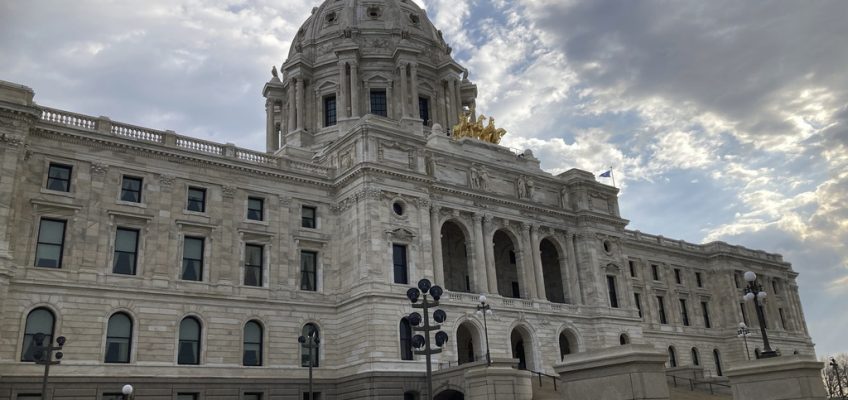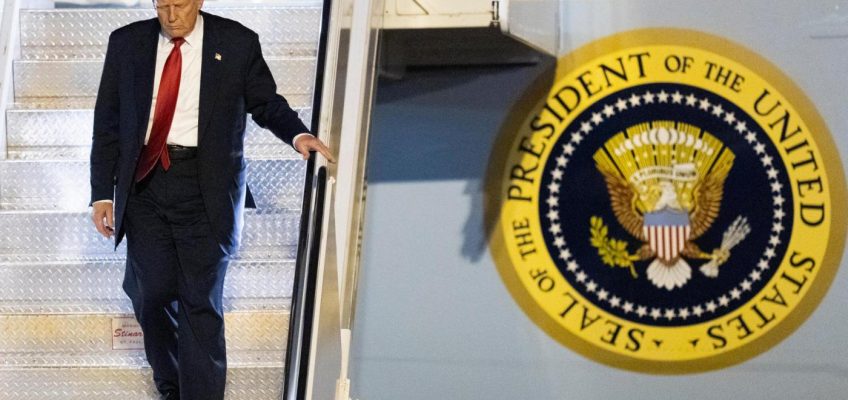Open AI and Google, having long trained their ravenous bots on the work of newsrooms like this one, now want to throw out long-established copyright law by arguing, we kid you not, that the only way for the United States to defeat the Chinese Communist Party is for those tech giants to steal the content created with the sweat equity of America’s human journalists.
“With a Chinese Communist Party determined to overtake us by 2030,” Open AI wrote Thursday to the federal Office of Science and Technology Policy, “the Trump administration’s new action plan can ensure that American-led A.I. built on democratic principles can prevail over CCP-built, autocratic, authoritarian AI.”
Built on democratic principles? More like built on outright theft.
That’s why news organizations, including this one and the New York Times, have sued Open AI and its partner Microsoft over their breaking copyright law by vacuuming up millions of newspaper articles without permission or payment, constituting copyright infringement on a colossal scale.
Now Open AI comes back with the absurd argument that this was somehow necessary for national security.
In their letter, Sam Altman’s crew added a whole lot of obfuscating, self-serving blather about “scaling human ingenuity” and “freedom of learning and knowledge” while describing the innovations of ChatGPT as part of some great and glorious trajectory from domesticated horses to steam power to electricity to printing presses and the internet.
You see the irony there? Printing presses.
For generations, those presses sent out the work of America’s reporters, the fruits of capital invested, and hard labor performed, in city halls and crime scenes and throughout all the communities they served. They amplified and distributed a news organization’s work, as now does the Internet.
They didn’t steal the work of someone else and then pass it off as their own.
Gutting generations of copyright protections for the benefit of AI bots would have a chilling effect not just on news organizations but on all creative content creators, from novelists to playwrights to poets. That iron-clad commitment to protecting the rights of owners of work they themselves created is precisely what distinguishes the United States from communist China, not the reverse.
Related Articles
Andreas Kluth: How Trump could win, and deserve, a Nobel Peace Prize
Richard Lorenc: Economics is destiny. Teach it
Kurt Bardella: Democrats, do not ignore Stephen A. Smith
Bruce Yandle: Is Musk’s brutal DOGE a tragedy, or caused by one?
Noah Feldman: Why the Columbia student’s deportation arrest should scare all Americans
This country has dominated the world of news and information by respecting not just the precious freedom of the press but also its right to protect its work. Had it not done so, there would have been no economic base on which to build the kinds of news organizations that can, and still do, keep a check on the government. Heck, there would have been no economic basis to build anything creative whatsoever.
Securing permission from, and fairly compensating, those publishers who created this great foundation of knowledge is the right, just and American thing to do.
The government should reject these self-serving proposals and protect the work of artists, authors, photographers, journalists and all other creators and copyright holders who have been the victims of these companies.
— The Chicago Tribune
This editorial is being published in more than 60 daily newspapers throughout the MediaNews Group and Tribune Publishing networks.




